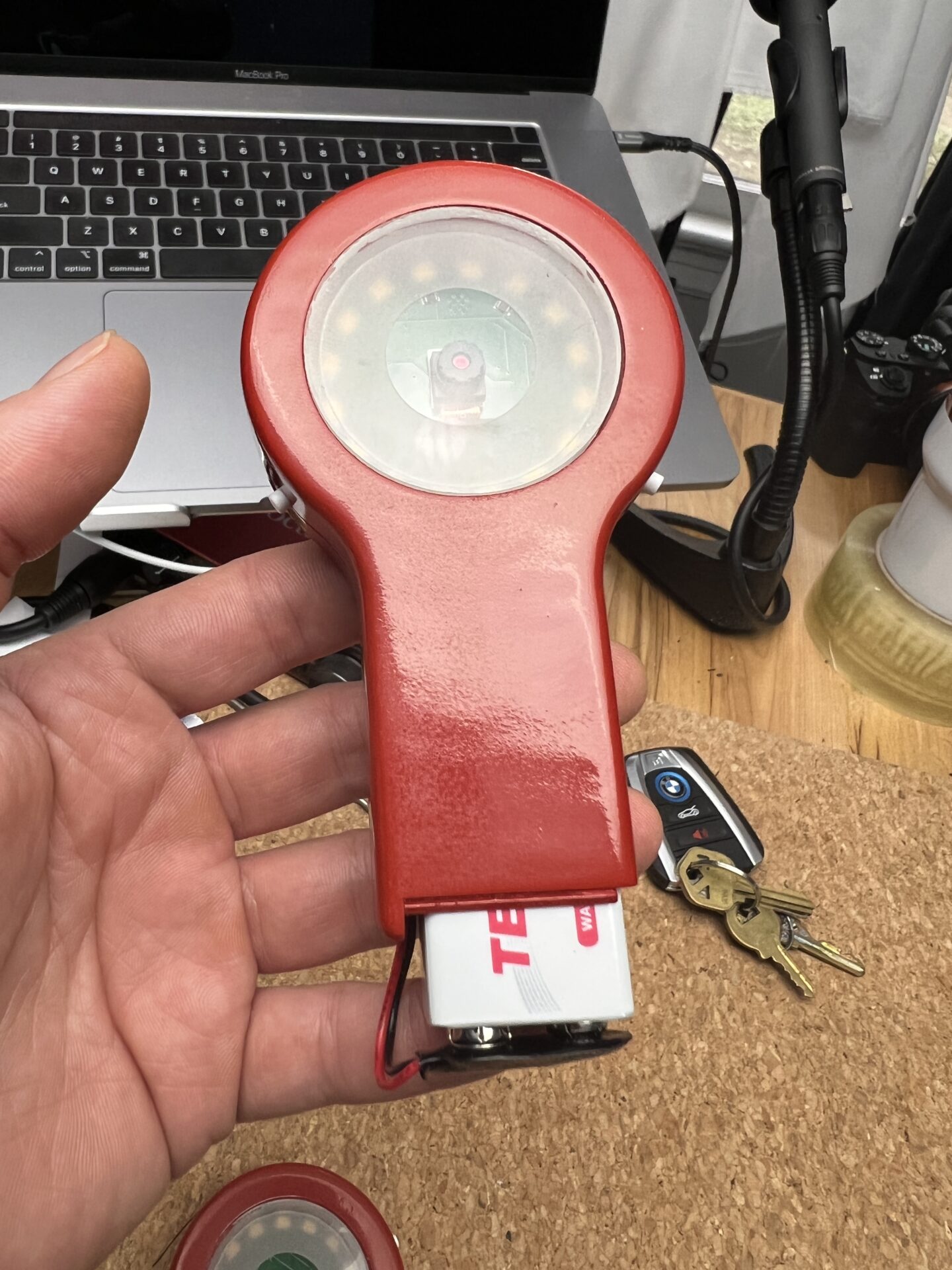Hey there, tech enthusiasts! Let’s dive straight into something that’s shaping our world today—IoT remote connection. You’ve probably heard about it, maybe even used it, but do you really understand the magic behind it? IoT remote connection isn’t just a buzzword; it’s a game-changer in how we interact with devices, manage systems, and streamline processes. So, buckle up because we’re about to break it down for you in a way that’s simple, engaging, and packed with value.
Now, if you’re scratching your head thinking, “What exactly is this IoT remote connection thing?” don’t worry. We’ve got you covered. Imagine being able to control your smart home devices from thousands of miles away, monitor industrial equipment in real-time, or even manage healthcare systems remotely. That’s the power of IoT remote connection. It’s like having an invisible hand that keeps everything running smoothly, no matter where you are.
In this guide, we’ll take you through the ins and outs of IoT remote connection, from its basics to advanced applications. Whether you’re a tech newbie or a seasoned professional, there’s something here for everyone. Let’s make sure you leave this page feeling confident and ready to harness the potential of IoT remote connection. So, are you ready to level up your tech game? Let’s get started!
- Unlocking The Secrets Of Lelasohna Erome A Comprehensive Guide
- Unlocking The Potential Of Wega Movein A Comprehensive Guide
What is IoT Remote Connection?
Alright, let’s start with the basics. IoT remote connection is essentially the ability to interact with Internet of Things (IoT) devices from a distance. Think of it as a bridge that connects you to your devices, systems, or networks without being physically present. This technology enables you to monitor, control, and manage IoT devices through secure and reliable connections.
So, why is IoT remote connection such a big deal? Well, it’s all about convenience, efficiency, and scalability. With IoT remote connection, businesses can reduce operational costs, improve productivity, and enhance customer experiences. For instance, a manufacturing plant can use IoT remote connection to monitor machinery performance, detect issues early, and schedule maintenance before a breakdown occurs. It’s like having a personal assistant that keeps an eye on everything for you.
Why Does IoT Remote Connection Matter?
Here’s the deal: IoT remote connection isn’t just a fancy tech feature; it’s a necessity in today’s connected world. As more devices become IoT-enabled, the demand for remote management and control grows exponentially. According to a report by Statista, the global IoT market is projected to reach over $1.5 trillion by 2030. That’s a massive number, and IoT remote connection plays a crucial role in driving this growth.
- Hdhub4u 2024 Your Ultimate Guide To Streaming Movies Like A Pro
- Filmyflycom Your Ultimate Destination For Movie Entertainment
For individuals, IoT remote connection simplifies daily life. You can adjust your smart thermostat, lock your doors, or check your security cameras—all from your phone. For businesses, it offers endless possibilities. From remote asset tracking to predictive maintenance, IoT remote connection empowers organizations to make data-driven decisions and stay ahead of the competition.
How Does IoT Remote Connection Work?
Now, let’s get into the nitty-gritty of how IoT remote connection works. At its core, IoT remote connection relies on three key components: devices, networks, and platforms. Devices are the physical objects equipped with sensors and actuators that collect and transmit data. Networks provide the communication infrastructure, enabling data to flow between devices and platforms. Platforms act as the central hub where data is processed, analyzed, and turned into actionable insights.
Here’s a quick breakdown of the process:
- Data Collection: Sensors on IoT devices gather data about their environment or performance.
- Data Transmission: The collected data is sent to a cloud-based platform via Wi-Fi, cellular, or other network technologies.
- Data Processing: The platform analyzes the data and generates insights or triggers actions based on predefined rules.
- User Interaction: Users can access the platform through apps or web interfaces to monitor and control IoT devices remotely.
Top Benefits of IoT Remote Connection
So, what’s in it for you? Here are some of the top benefits of IoT remote connection:
Increased Efficiency
IoT remote connection allows you to automate repetitive tasks and streamline workflows. For example, in agriculture, farmers can use IoT sensors to monitor soil moisture levels and automate irrigation systems. This reduces water wastage and ensures optimal crop growth.
Cost Savings
By enabling remote monitoring and maintenance, IoT remote connection helps businesses reduce operational costs. Imagine being able to identify and fix issues before they escalate into major problems. That’s a huge cost-saving opportunity right there.
Enhanced Security
Security is a top concern in the IoT world, and IoT remote connection offers robust solutions to address it. Advanced encryption, authentication protocols, and real-time monitoring ensure that your devices and data remain secure from cyber threats.
Scalability
IoT remote connection is highly scalable, making it ideal for businesses of all sizes. Whether you’re managing a small fleet of devices or a large network of IoT systems, you can easily scale your operations without compromising performance.
Challenges of IoT Remote Connection
Of course, no technology is perfect, and IoT remote connection comes with its own set of challenges. One of the biggest concerns is security. With more devices connected to the internet, the attack surface for cybercriminals increases. This makes it crucial to implement strong security measures, such as end-to-end encryption and regular firmware updates.
Another challenge is network reliability. IoT remote connection relies heavily on stable and fast internet connections. Poor network performance can lead to delays, dropped connections, and data loss. To mitigate this, organizations should invest in reliable network infrastructure and backup systems.
Applications of IoT Remote Connection
IoT remote connection has a wide range of applications across various industries. Let’s take a look at some of the most exciting use cases:
Smart Homes
From smart thermostats to voice-activated assistants, IoT remote connection is transforming the way we live. You can control lighting, appliances, and security systems from anywhere, making your home more comfortable, secure, and energy-efficient.
Healthcare
In healthcare, IoT remote connection enables remote patient monitoring, telemedicine, and smart medical devices. Patients can receive real-time health updates, while doctors can access vital data to make informed decisions.
Manufacturing
Manufacturing plants use IoT remote connection for predictive maintenance, quality control, and supply chain management. This helps improve production efficiency and reduce downtime.
Retail
Retailers leverage IoT remote connection to enhance customer experiences, optimize inventory management, and improve store operations. Smart shelves, automated checkout systems, and personalized marketing are just a few examples.
Best Practices for IoT Remote Connection
Want to make the most out of IoT remote connection? Here are some best practices to keep in mind:
- Secure Your Devices: Implement strong passwords, enable two-factor authentication, and regularly update firmware to protect against cyber threats.
- Optimize Network Performance: Use high-speed internet connections, Wi-Fi extenders, and network optimization tools to ensure smooth communication between devices.
- Monitor System Health: Keep an eye on your IoT devices and systems to detect and resolve issues promptly.
- Plan for Scalability: Design your IoT remote connection infrastructure with future growth in mind to avoid costly upgrades later.
Future Trends in IoT Remote Connection
Looking ahead, the future of IoT remote connection is bright. Emerging technologies like 5G, edge computing, and artificial intelligence are set to revolutionize the way we interact with IoT devices. With faster and more reliable networks, IoT remote connection will become even more seamless and efficient.
Additionally, the integration of AI and machine learning will enable IoT systems to learn from data, adapt to changing conditions, and make autonomous decisions. This will lead to smarter, more intuitive IoT remote connection solutions that anticipate user needs and provide personalized experiences.
Conclusion
There you have it, folks—a comprehensive guide to IoT remote connection. From its basics to advanced applications, we’ve covered everything you need to know to harness its full potential. IoT remote connection is more than just a technology; it’s a catalyst for innovation and transformation across industries.
So, what’s next? If you’ve found this article helpful, don’t forget to share it with your network. Got questions or feedback? Drop a comment below, and let’s keep the conversation going. Remember, the world of IoT is evolving rapidly, and staying informed is key to staying ahead. Until next time, keep exploring and embracing the power of IoT remote connection!
Table of Contents
- What is IoT Remote Connection?
- Why Does IoT Remote Connection Matter?
- How Does IoT Remote Connection Work?
- Top Benefits of IoT Remote Connection
- Challenges of IoT Remote Connection
- Applications of IoT Remote Connection
- Best Practices for IoT Remote Connection
- Future Trends in IoT Remote Connection
- Conclusion
- Vegamovies Korean Drama Download In Hindi Your Ultimate Guide
- Aditi Misri Leak The Unfiltered Truth Behind The Viral Sensation


